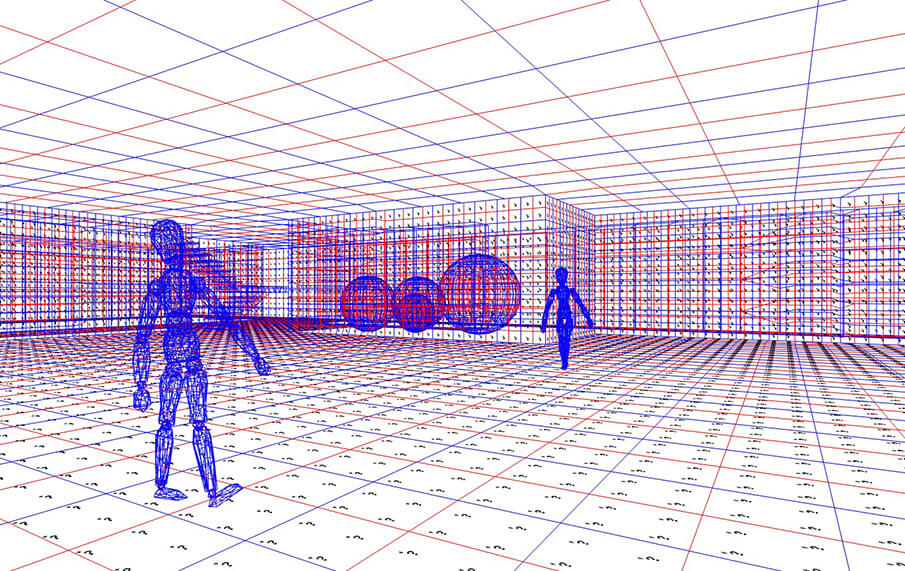The visual system is an incredible thing. Between the eye and the brain, there are a multitude of factors that affect how we see the world; that is, how we see light. Many of these factors are just now being discovered and understood. Equally incredible is the fact that we all see light in a different way. With these two points in mind, scientists have undertaken the extraordinary task of trying to characterize this system with a set of mathematical equations. These equations make up what is known as photometrics, the science of light.
Lighting professionals study photometrics for the same reason a meteorologist studies the weather or an economist studies statistics, we want to deliver the most accurate information to our clients. In a perfect world, we would be able to determine precisely what every light fixture will do in a space before it is specified, purchased and installed. While a mock-up or a pilot install can provide insight, it is impossible and impractical to mock up every single design element on any given job. Instead, we turn to photometric models, or calculations, to understand what we are recommending to our clients. Like a weather professional or economist uses each of their respective models to make a prediction, photometric calculations can be used to make an educated guess as to how light will perform in a space.
But how accurate are these calculations? After all, weather professionals can miss the occasional rainy day and economists certainly don’t have a reputation of predicting every turn in the market. Can we trust the numbers? It really depends on what one is trying to accomplish and the experience level of the individual building the model. With that in mind, models can be best explained by breaking them up into two camps: numeric calculations and renderings.
All photometric calculations are completed through the use of software. Numeric calculations are remarkably accurate and when modeled properly, will give an exact representation of what light will do in an architectural context. The results of these calculations spit out data such as illuminance values or luminance values. From these values, we can further determine glare, uniformity, contrast, sky glow, light trespass, and a myriad of other metric outcomes. For the purpose of determining whether a design will comply with a set standard or recommendation, numeric calculations are both accurate and ideal.
The data collected through numeric calculations directly informs computer-generated images that are a photorealistic representation of the data that is collected through the calculation. We call these images renderings. How realistic a rendering looks depends on the level of detail in a photometric model and the calculation method used to generate the image. It is thus incorrect to assume that the quality of the rendering is any indication of the accuracy of the data which directly informs it. The most beautifully rendered image may have absolutely no base in reality just as an ugly rendering can be based on incredibly accurate data.
So can we really believe the numbers? Are renderings an accurate tool for discussion and not just a pretty picture? Can we entrust the delicate lighting balance in each of our designs to a bunch of soul-less numbers on a floor plan? When working with a qualified lighting designer, the answer is almost always, “Yes!” Lighting designers are trained to create models that, when compared to the constructed environment, are within a 2% error. That is to say, lighting calculations are more than just an educated guess, they’re pretty close to the real thing. When a model is made correctly, it is more than just a shot in the dark. It is a roadmap to a building that has not yet been built or a space that has yet to be constructed. Whether for work or play, inside or outside, calculations ensure that we deliver enough light meeting our clients’ needs.





